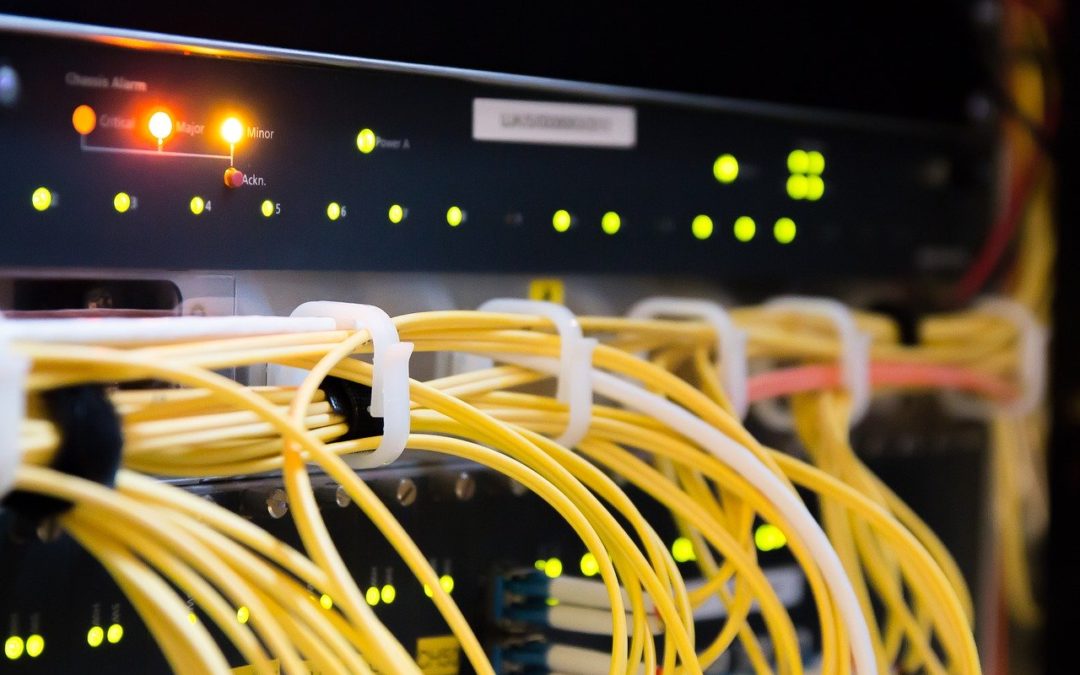Router Security For Small Businesses
Guest blog by Jamie Kavanagh, contributor for Broadband Genie.
Connectivity is a key component of any small business. A lot of time is spent talking about the speed of your network but not enough time is spent talking about the security of your network. That’s what we are going to discuss here.
Small businesses will often have too much going on and not enough resources or time to handle router security adequately. Unfortunately, hackers have caught on to this and now regard small businesses as prime targets, making security more important than ever.
According to research performed by Broadband Genie, not enough people give network and router security the attention it deserves.
A recent survey of UK broadband users found:
- 18% of broadband customers changed their default router login.
- 31% changed their Wi-Fi password
- 18% had changed their router administrator password.
- 18% of users had changed their Wi-Fi SSID.
- 14% have ever updated their router firmware.
- 30% checked to see what is connected to their network.
- 49% of respondents said they had taken any action at all to secure their router.
Those findings are disappointing, to say the least!
Why you need to secure your router
If you read a little further in that research by Broadband Genie, you will see a Q&A with Gagan Singh, SVP & GM Mobile at security firm Avast Software. It covers several reasons why router security is so important. We won’t repeat it here but suffice to say if you lock your door at night to keep strangers out of your property, why wouldn’t you lock your router to keep strangers out of your network?
We can appreciate that you’re busy and have many hats to wear as a small business owner. However, securing your router is something that you could do in less than an hour. Considering the financial and reputational costs of not doing it, we think it’s a good investment in time!
Quick and easy router security tweaks
It is very straightforward to increase your router security. If you follow these steps, you will harden your business network against intrusion by a significant margin. You will need the router username and password and be able to log into it to perform all of these changes.
All the following will be performed inside the web interface of your router. Make sure to save after each change otherwise you will have to do them again.
Change the router administrator password
The router admin password is what you use to log into the router. With admin access, a hacker can do whatever they like on the device so it pays to lock it down.
- Find the username and password section under Administration or Security.
- Change the username and password if possible, or just password if that’s the only option.
Change these to something difficult to guess and as complex as possible while being able to remember it.
Keep firmware up to date
Firmware is to routers what drivers are to computers. Essential for keeping the router functioning and secure. Updates often include bug and security fixes so it is essential to keep it updated.
- Access the Administration page of your router.
- Select ‘Check for Updates’ or ‘Update Firmware’.
If you see ‘Check for Updates’, your router will be able to perform its own update. If you see ‘Update Firmware’ you will likely need to download an update from the manufacturer’s website and upload it.
Change the Wi-Fi password
Wi-Fi networks are very convenient but also susceptible to hacking. Changing the default Wi-Fi password goes some way to preventing unauthorised access.
- Navigate to the Wi-Fi or Wireless page on your router.
- Change the password to something complex.
- Change the Wi-Fi SSID to something different.
Change the password to something difficult to guess and as complex as possible while being able to remember it. Change the SSID to something recognisable but not identifiable.
Disable remote access
Router remote access is a feature that allows support technicians to remotely log into your router to help troubleshoot. It is also an obvious attack vector we need to take care of.
- Navigate to the Wi-Fi or Wireless page on your router.
- Uncheck or disable Remote Access on the page.
Disable guest networks
If you use guest networks in your business, perform the same username and password changes. Otherwise, disable guest networks as an extra security precaution.
- Navigate to the Wi-Fi or Wireless page on your router.
- Select Guest Network and toggle it to off or disable it.
Monitor connected devices
Most business-class routers have a network map or graphical display of connected devices. You can use this to see exactly what and who is using your network. It can often be found on the main page or within the Network page. Check it regularly for any device you don’t recognise.
If you spot an unauthorised device, use the ‘kick’ option to remove it and change the Wi-Fi password immediately as described above. Recheck the network map to make sure the device didn’t reconnect.
All these changes should take less than two minutes each. Once complete, you have significantly improved your small business network security. I told you it wouldn’t take long!
 About Jamie
About Jamie
Jamie Kavanagh worked as a network and server engineer for Cable and Wireless for over a decade before deciding he preferred writing for a living. He is passionate about making technical subjects understandable to all and spends his time writing technical articles, training courses and blog posts.
He has written for PC Gamer, Tom’s Hardware, TechJunkie, Hilton Hotels, DHL, Dyson and others. He lives in Cornwall with his family and runs Coastal Content, a small business content marketing provider.

